Cut a hydra in half and two more shall take its place. New research examines how the hydra manages to recreate itself.
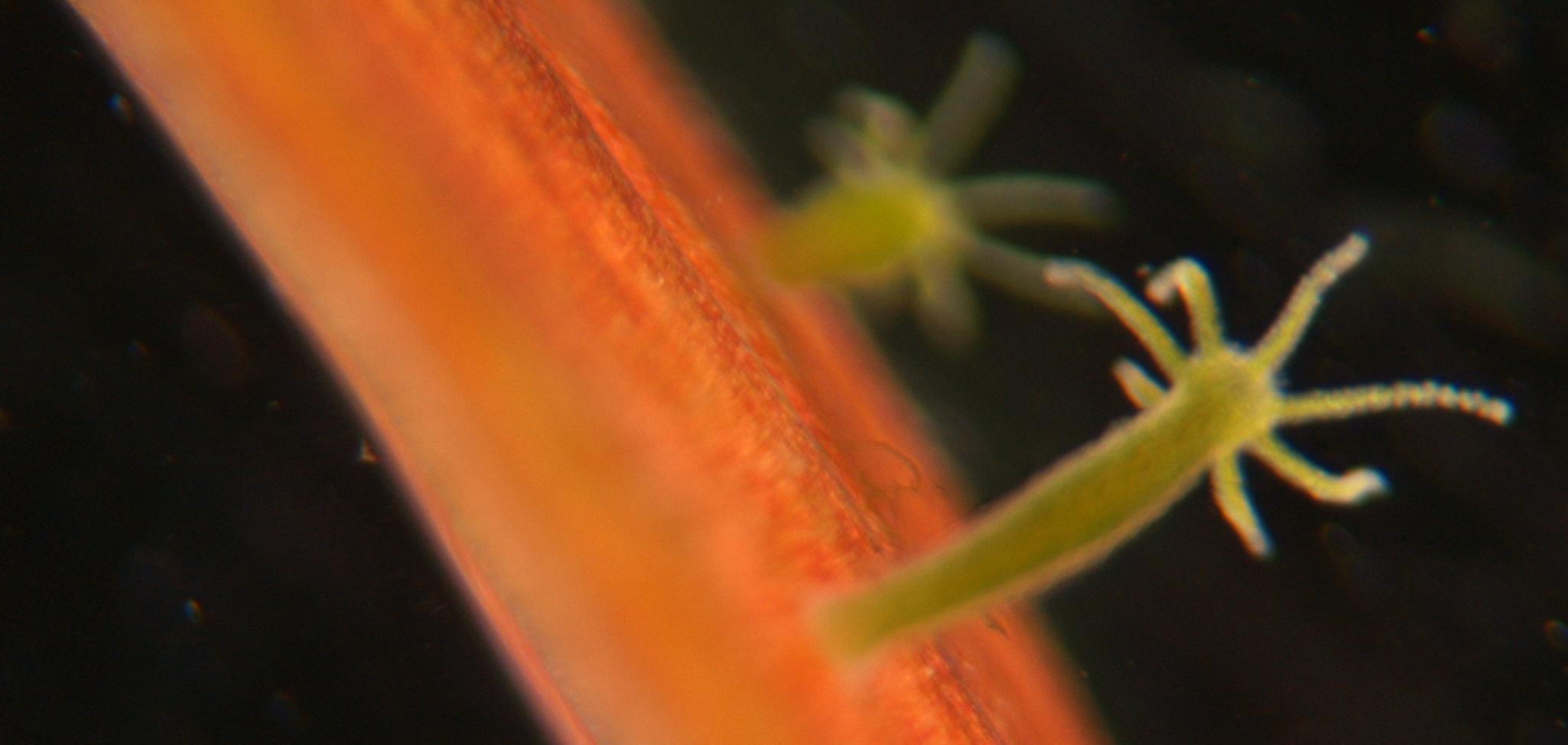
A ‘Hydra’ is a small and simple cnidarian that interest scientists greatly. Not to be confused with the many-headed serpent Lernaean Hydra in Greek mythology. Although they have some remarkable similarities, the small fresh-water phylum Cnidaria Hydra and the Lernaean Hydra, both have an ability to regenerate.
If you shred a phylum Cnidaria hydra into pieces, new hydras will grow out of each of these pieces. Native to the temperate and tropical regions, they appear not to age or die of old age and are essentially immortal.
Their tubular, radially symmetric body are up to 10 mm (0.39 in) long with a mouth opening surrounded by one to twelve thin, mobile tentacles clothed with highly specialized stinging cells. Hydras are able to extend their bodies four to five times their length, with their tentacles slowly maneuvering around waiting for contact with a suitable prey animal.
A new study by researchers at The Israel Institute of Technology in Haifa has examined the hydras extraordinary ability of regeneration. It was thought that the hydra uses chemical signals to signal the head and arms to regenerate, but this has now been proven incorrect.
The Israeli scientists discovered that the hydra uses a so-called cytoskeleton, a network of tough protein fibers that span the entire organism in a particular pattern and tampering with the cytoskeleton is enough to disrupt the formation of new hydras. The cytoskeleton pattern follows with each part of the hydra’s body when torn into pieces, and it appears to guide the cells how to rebuild and regenerate a new hydra.
The basic pattern of aligned cytoskeletal fibers is common in many organs acctually, including human muscles, heart, and guts. Further research on cytoskeletal fibers could lead to a better understanding how mechanics integrate with biochemical signals to shape tissues, organs in other species, how organs form and grow in more complex animals such as humans.
Video: Watch as the hydra recreates itself.
Reference:
A. Livshits et al. “Structural Inheritance of the actin cytoskeletal Organization DETERMINE the Body Axis in Regenerating Hydra” Cell Press, 2017. DOI: 10.1016 / j.celrep.2017.01.036


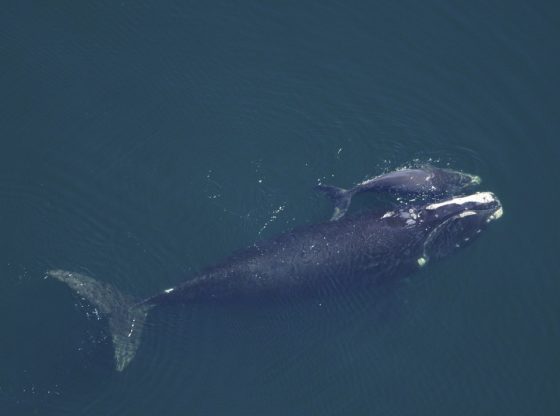
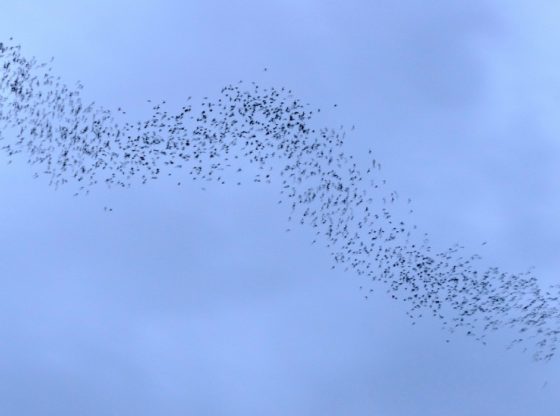
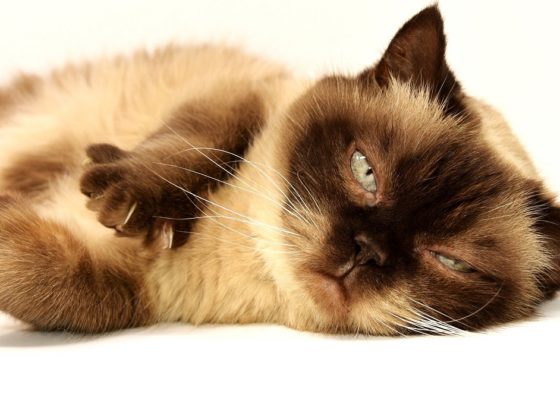
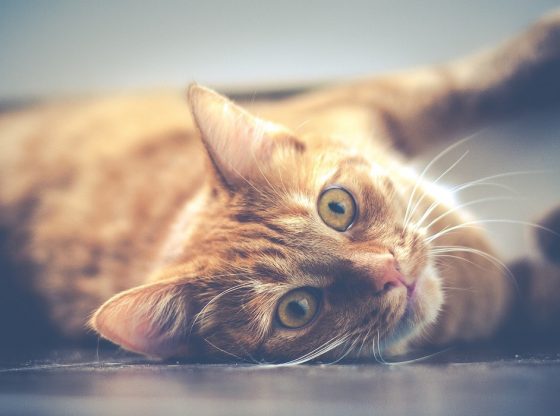
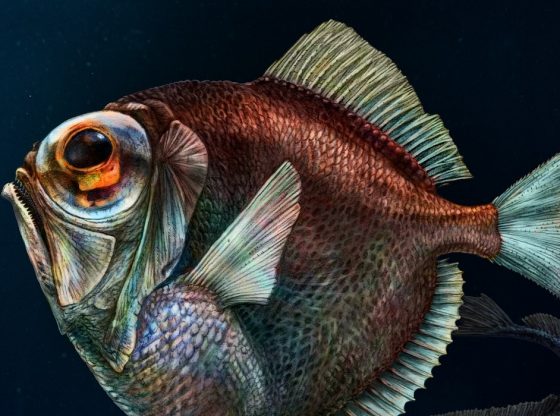
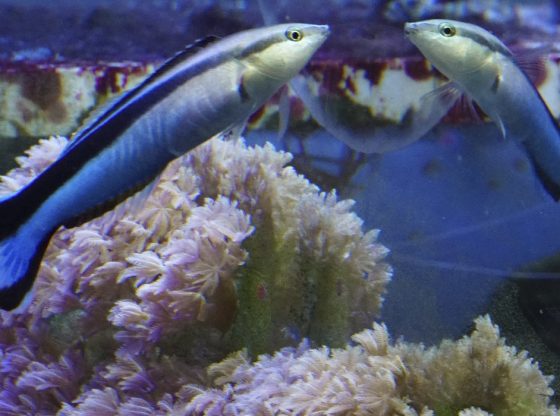

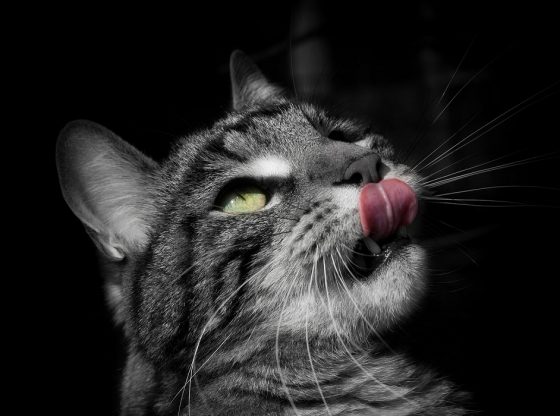
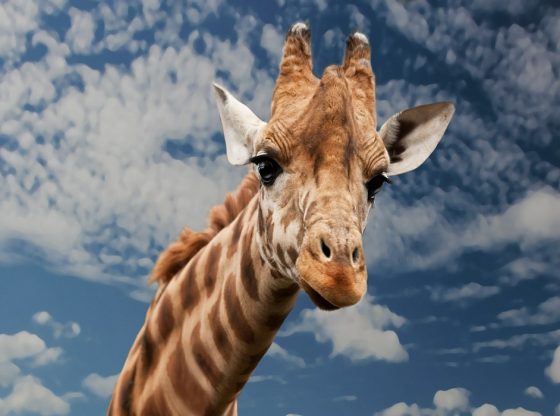
![OpenAI. (2025). ChatGPT [Large language model]. https://chatgpt.com](https://www.illustratedcuriosity.com/files/media/55136/b1b0b614-5b72-486c-901d-ff244549d67a-350x260.webp)
![OpenAI. (2025). ChatGPT [Large language model]. https://chatgpt.com](https://www.illustratedcuriosity.com/files/media/55124/79bc18fa-f616-4951-856f-cc724ad5d497-350x260.webp)
![OpenAI. (2025). ChatGPT [Large language model]. https://chatgpt.com](https://www.illustratedcuriosity.com/files/media/55099/2638a982-b4de-4913-8a1c-1479df352bf3-350x260.webp)








